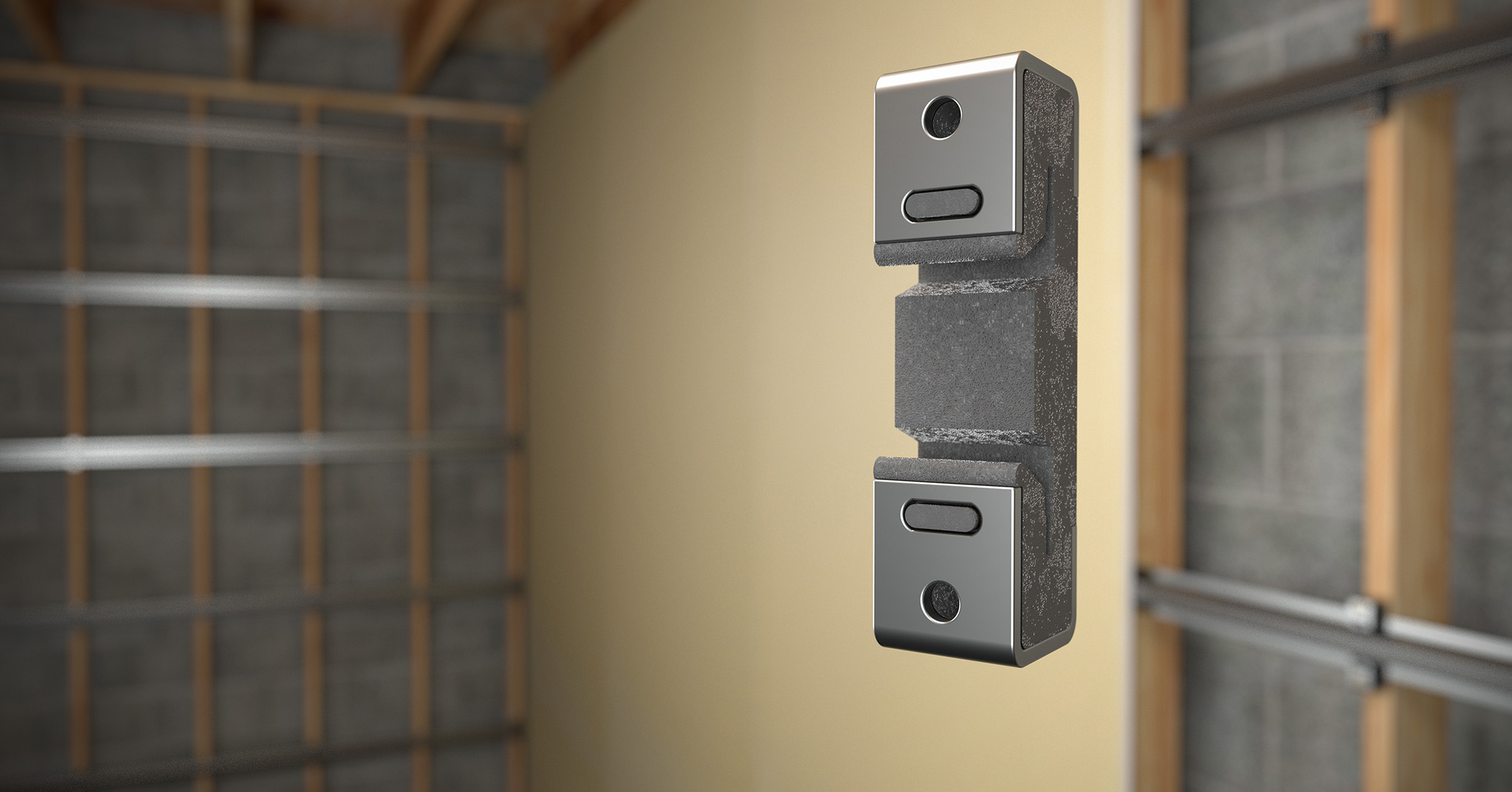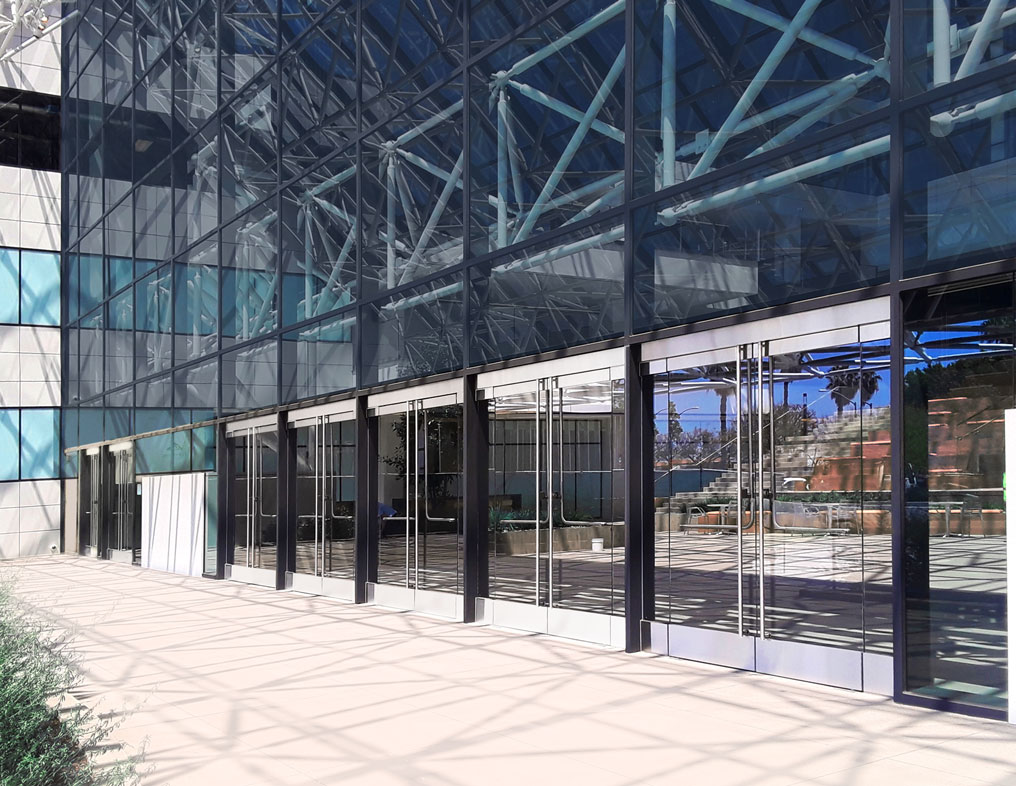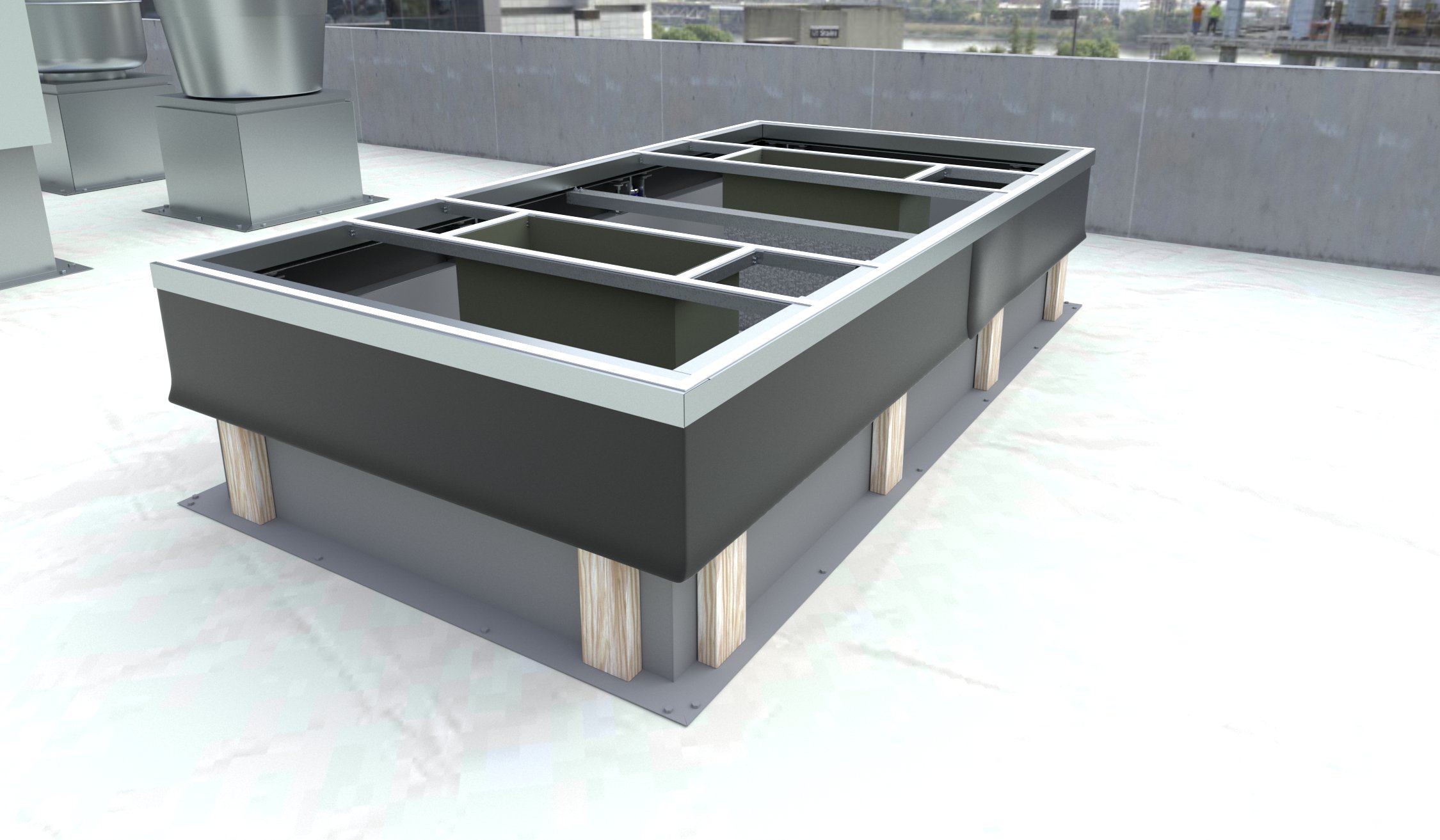Design-build bridging documents for complex projects (part one)
 SPECIFICATIONS
SPECIFICATIONS
Robert Connors, PE, CCS
Design-build (D-B) is increasingly used as a construction delivery method for complex projects to accelerate completion, contain liability for cost overruns, and shift operational risks. The work is finished earlier because construction advances as design is completed. Budget and scope creep are contained because bids are established earlier, prior to final design. Operational risks are shifted to the design-builder because design and construction advance collaboratively under a single contract. Potential D-B disadvantages for owners include less control, increased need for earlier and timely owner decisions, and resistance from those unfamiliar with the delivery method.
Properly prepared bridging documents advance owner goals to:
- select the best D-B team by establishing a clear and competitive procurement process;
- establish what they are buying through project definition;
- maximize desired advantages and minimize disadvantages of the D-B process; and
- allocate risks to optimize the owner’s risk/cost tradeoff.
Bridging documents convey design and construction requirements to D-B teams bidding the project. Requirements are conveyed through a summary of work, technical requirements, plans, project constraints, reference materials, and contractual requirements. As this three-part series of articles will show, empirical evidence suggests key aspects to consider when preparing bridging documents include project definition, risk allocation, defining the procurement process, and following best practices.
Project definition
To ensure they get what they bought, public agencies typically require more project definition than private owners in bridging documents. Private owners have greater influence when refining the project definition in the final design, because future work will likely be awarded on past performance and personal relationships. Public agencies, on the other hand, have less leverage with D-B contractors due to public bidding laws. Public agencies also have internal customers such as construction, engineering, and maintenance departments that often prefer a higher level of definition and control.
The project definition:
- provides a basis for bids and agreement;
- identifies technical issues, risks, and project constraints;
- conveys lifecycle criteria;
- avoids unnecessary owner commitments;
- maximizes innovation opportunities; and
- establishes quality assurance criteria.
Conveying required elements
Defining scope and technical requirements, the project agreement is the sole document defining contractual requirements. Design elements ‘required’ by the owner must be identified as such.
The bridging documents often include a technical design concept that presents the project scheme and layout. The technical design concept articulates ‘one way’ of designing the project, but not ‘the only way.’ It provides proof of feasibility within the project constraints. The technical design concept represents a five to 30 percent effort level, but varies by discipline and project. It can be used to estimate construction costs. The technical design concept is issued by bidders as a ‘no-reliance’ document, but it should not contain errors or be misleading.
The technical design concept, or portions of which are defined as ‘required’ in the project agreement, is used to define scope requirements and measure compliance.
Performance criteria
To maximize innovation opportunities, bridging documents employ performance criteria, which are measurable performance attributes of products defining their suitability for installation on a specific project. The more the project description is expressed in performance criteria, the more flexibility the design-builder has in creating an efficient final design.
As an example of performance criteria, the Ottawa Light-rail Transit (OLRT) is a complete new system including tunnels, railway, stations, maintenance facilities, vehicles, and a 30-year maintenance term. The bridging documents for this Canadian project established light-rail system performance criteria of 24,000 people her hour (pph). This allowed the proposing D-B teams to find the most efficient combination of vehicle capacity, headway, and station capacity to meet the performance criteria.
Innovation
Innovation in design-build projects is encouraged when performance criteria is used. Collaboration between the designer and builder also results in innovation. As long as the bridging documents clearly define the project requirements and performance criteria and tests, the owner gains value.








